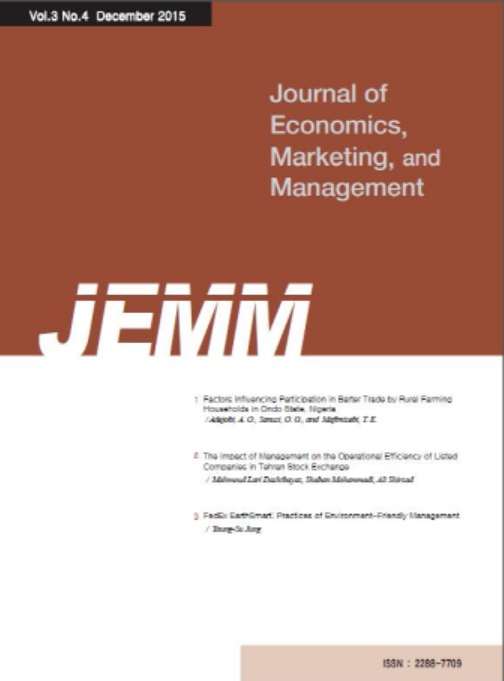Factors Influencing Housing Satisfaction in the New Middle-Aged Rural Returnee Generation
Factors Influencing Housing Satisfaction in the New Middle-Aged Rural Returnee Generation
김김선주(SUN JU KIM) (경기대학교)
Abstract
Purpose: The purpose of this study was to analyze the factors influencing the housing satisfaction of the new middle-aged who returned to farming to derive the implications of real estate policies to resolve regional imbalances. Research design, data and methodology: As a result, this study used secondary data, housing survey data, and identified factors influencing housing satisfaction through multiple regression analysis as well as basic analysis such as exploratory factor analysis, reliability analysis, technical statistics analysis, and correlation analysis. Previous studies, in particular, mainly focused on aging, retirement, economic activity, and retirement preparation, but this study was able to derive predictive factors that can increase the persistence of living after returning to farming by analyzing housing satisfaction for the new middle-aged, and as a result, suggest implications for resolving regional imbalances. Results: As a result of the analysis, it was found that housing structure status had the greatest influence among the three factors of housing-related predictors: housing structure status, facility accessibility, and surrounding environment, suggesting that policy alternatives that can improve the quality of the housing structure itself should be prepared rather than facility accessibility and the surrounding environment. Conclusions: Based on these results, we discussed implications for improving the housing structure to increase the continuity of living for the new middle-aged after returning to farming, and presented follow-up research directions on the need for complementary research in addition to individual analysis of influencing factors, limitations of secondary data, and the lighting of research on the new middle-aged and other generations who did not return to farming.
- keywords
- New Middle Ages, Housing Satisfaction, Rural Returnee Generation, The state of housing structure, Access to facilities, The surrounding environment
- 다운로드 수
- 조회수
- 0KCI 피인용수
- 0WOS 피인용수














